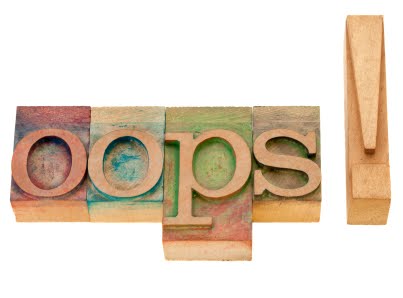Because Haiti has no known oil reserves I have always wondered what it is about the tiny country that causes the US to take such an active interest and meddle in its affairs and it turns out the answer is gold. Haiti’s northern region is rich with gold and other minerals and has long been coveted by international mining concerns. From the Guardian
A gold rush is shaping up in Haiti’s north. Some – like the new prime minister – say the $20bn worth of copper, silver and gold buried in the country’s hills could help Haiti escape its dependency on foreign aid and rebuild from the devastating 2010 earthquake.
In a nation with unemployment as high as 70%, where more than half the population lives on less than $1 a day, and where most of the government’s budget is paid for with foreign assistance, the buried treasure sounds like El Dorado. Speaking at the Senate this month, Haiti’s new prime minister and international telecommunications entrepreneur Laurent Lamothe said: “Our subsoil is rich in minerals. Now is the time to dig them up.”
But many are nervous that the mines will be boom for foreign investors and bust for local communities and the state coffers. Licences are being awarded behind the closed doors of a government whose slogan is “Haiti is open for business”.
Many Haitians see mining as cure to a 70% unemployment rate and dependence upon foreign aid and indeed they are encouraged to believe this by both the mining companies and their own government. Not everyone in Haiti is buying the rhetoric though and fear that mining will damage the water supplying farms and villages putting farmers out of work and that profits will benefit the companies and a few “local elites” but do nothing to improve conditions for the poor.
All this sounds familiar when compared to Coos County’s own experience with chromite rich sands lying beneath healthy and productive timberland. The parallels are uncanny and many and happen all over the world, especially in impoverished regions, where international conglomerates want to extract local resources and always bring the promise of jobs, jobs, jobs.
On a radio programme, the Eurasian Minerals president David Cole boasted about Haiti: “We control over 1,100 square miles of real estate”, while investor Mickey Fulp wrote: “It is obvious there is substantial geopolitical risk in Haiti. But the geology is just so damn good.”
With a pro-business government and about 10,000 UN peacekeepers stationed around the country, the risk in today’s Haiti is minimal, and the price of gold has been at or above $1,500 an ounce for more than a year. Mining companies say they have spent $30m digging, drilling and testing the deposits of mostly “alluvial” or “invisible” gold that are part of the same mineralisation belt that holds the largest gold reserve in the Americas – the Pueblo Viejo mine in the Dominican Republic. This year, Barrick and Goldcorp will begin producing at the newly refurbished pit mine, going after what they claim is at least another 23.7m ounces of gold and 141.8m ounces of silver.
The companies lining up to dig pit mines in Haiti – Newmont, Majescor, and VCS Mining – have so far been working with little government oversight. At a recent meeting held in his new office – the old one was destroyed in the earthquake – the former director of Haiti’s mining agency
Read the entire article here


